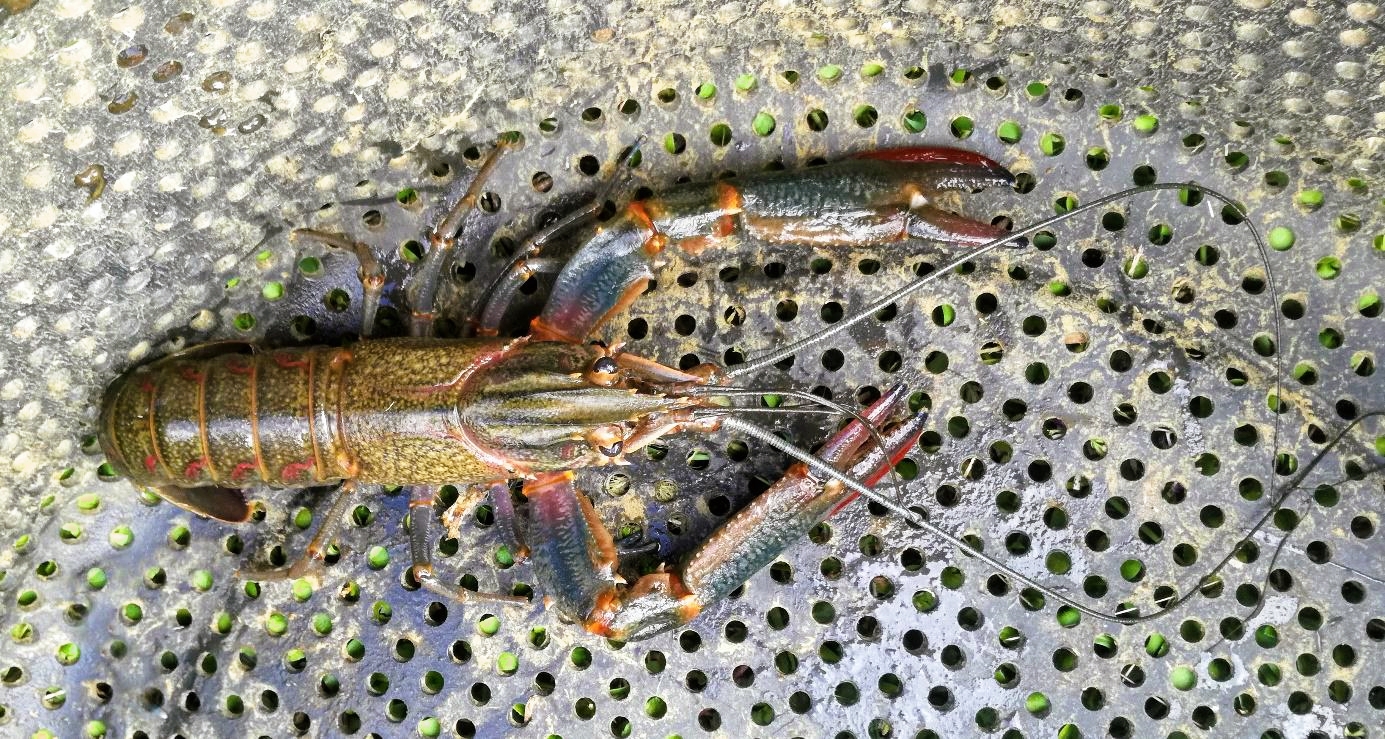The redclaw crayfish (Cherax quadricarinatus /von Martens, 1868/) is a parastacid crayfish native to northern Australia and southern New Guinea. With a total body length of over 20 cm in adults and an attractive blueish colouration with red patches on male claws, this crayfish is very popular for both human consumption and the domestic and international ornamental trade. Its culture in artificial, semi-artificial and natural waterbodies is easy. This crayfish is tolerant of water conditions, it is omnivorous, fast-growing, and has early maturation and high fecundity. One adult female can lay over a thousand eggs in a single clutch. The mentioned biological and ecological features just make it a perfect invader.
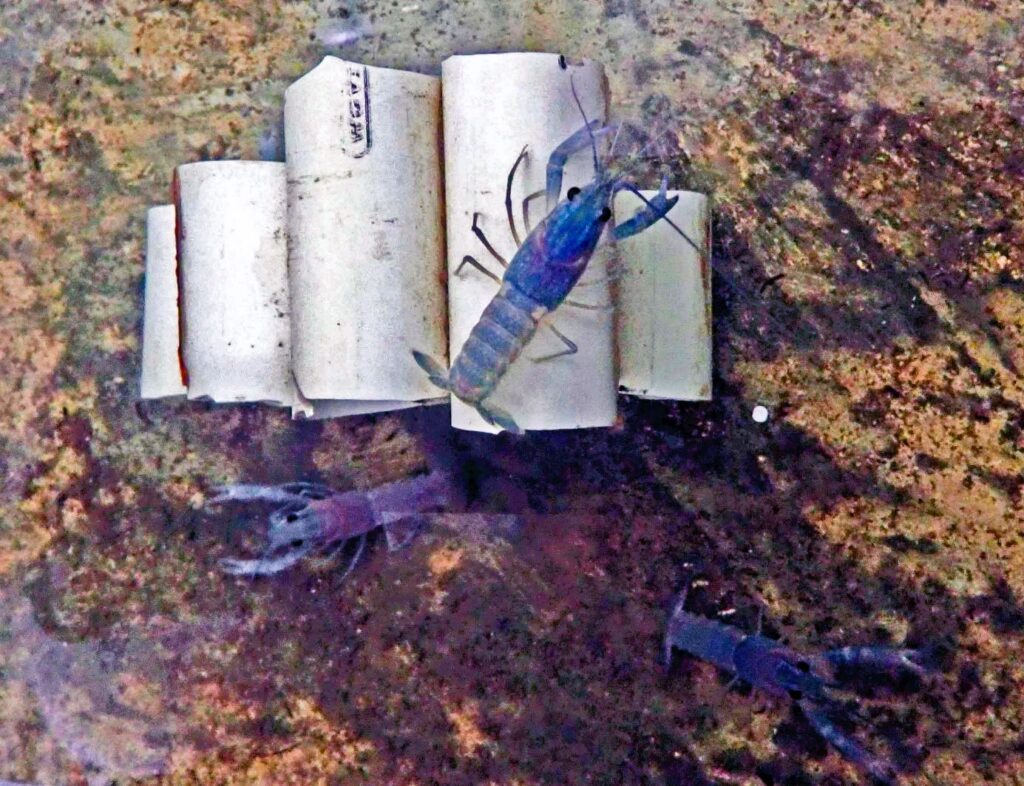
In Indonesia, the redclaw was found for the first time outside of its native range in Java in 2016. In subsequent years, its occurrence has been reported from many Indonesian islands, where it is cultured in large quantities mainly in outdoor ponds and natural lakes as well. What is alarming: this crayfish easily escapes from the culture and in many cases has already established feral populations. It reproduces rapidly and spreads via aquatic connections and also by walking in terrestrial environments. Since redclaw negatively affects native biota through foraging, grazing, predatory behaviour, direct competition, and through burrowing activity, the impact of its spread on the whole ecosystem is significant.
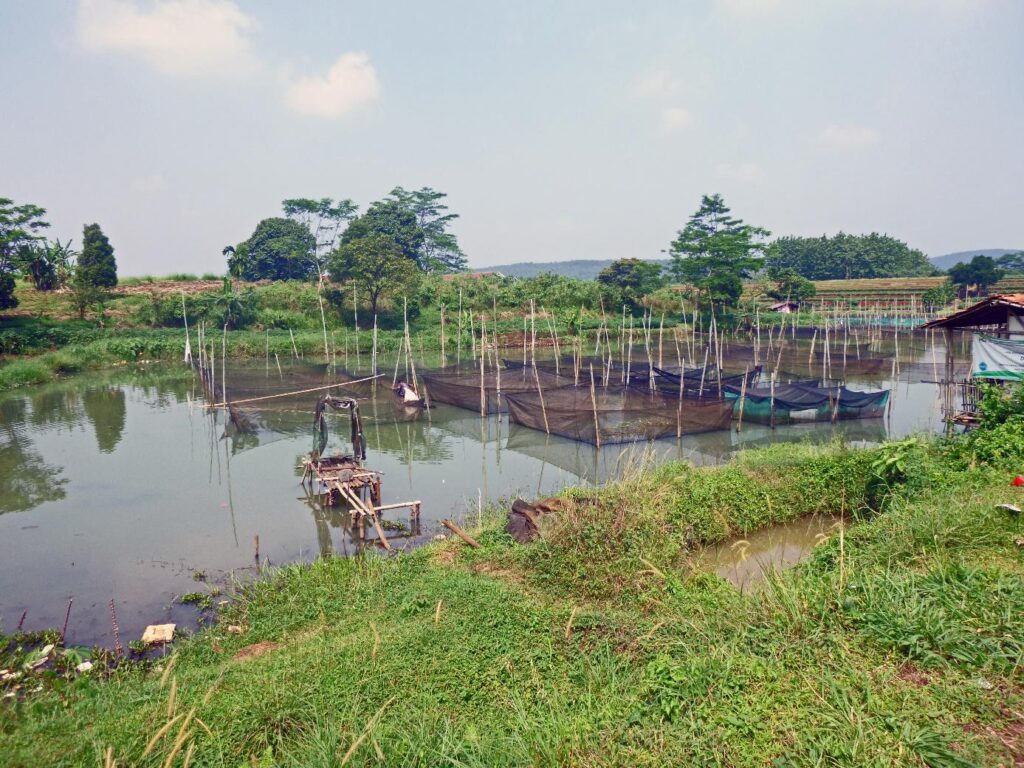
In Sulawesi, there are at least six self-sustaining populations of redclaw known, with one established in river and two in lakes (Tab. 1). It is obvious that redclaw threatens freshwater shrimps, among others, as documented in the case of the native Macrobrachium sintangense (de Man, 1898), which was outnumbered by this crayfish in Lake Lido in Java, Indonesia. From the aforementioned it follows that redclaw poses a significant risk to native freshwater biota in Sulawesi.
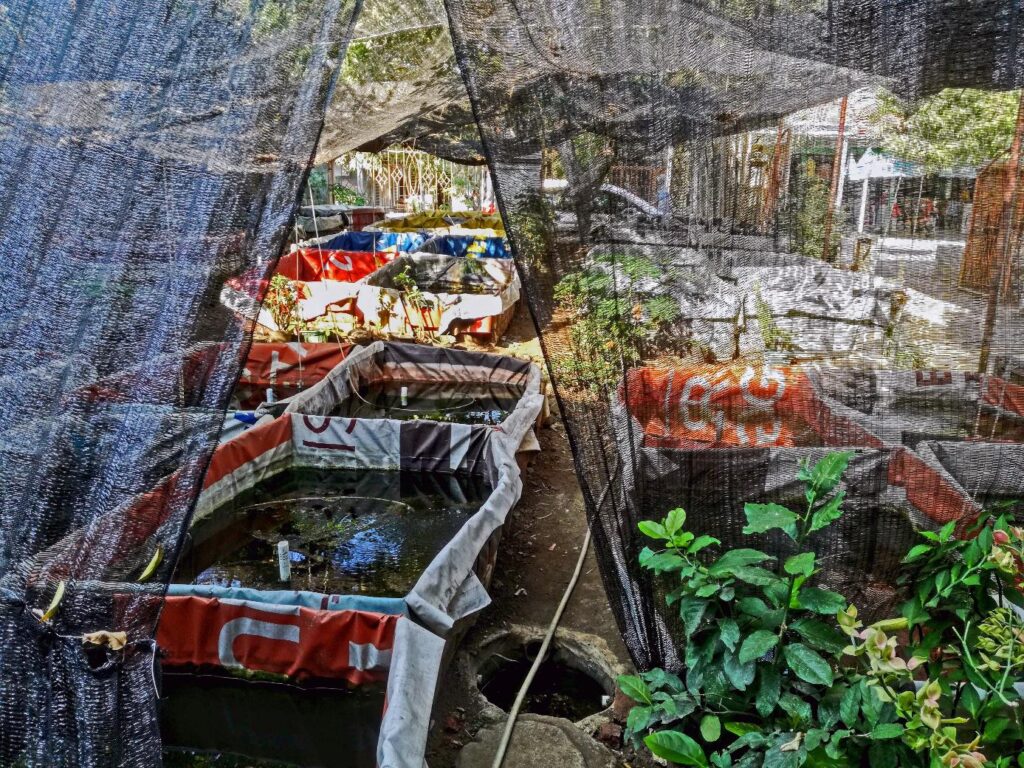
Although this species is considered valuable for producers and traders, it is undoubtedly an intruder with high invasive potential, capable to cause biodiversity homogenisation, at least at a local level. For this reason, its culture and release to inland waters in Sulawesi is undesirable and risky to native species such as shrimps. Here we strongly urge the local farmers and other stakeholders to stop the introduction of this species to new localities in Sulawesi. Be responsible and don't cause the devastation of your awesome endemics and wildlife in general!
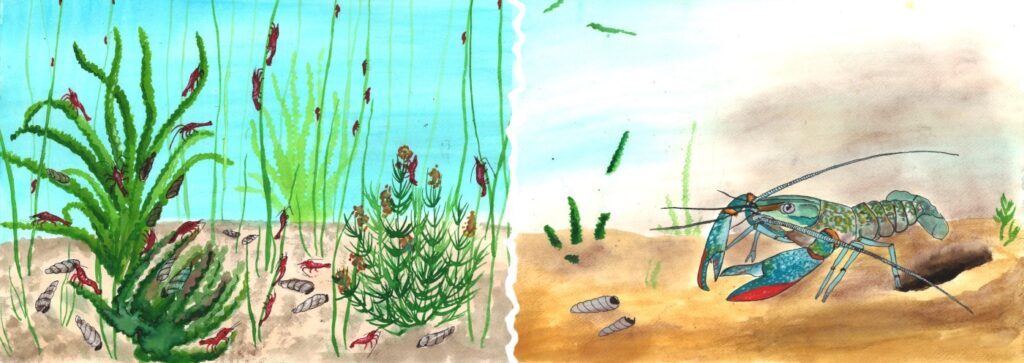
References:
Akmal, S. G., Santoso, A., Yonvitner, Yuliana, E., Patoka, J. (2021) Redclaw crayfish (Cherax quadricarinatus): Spatial distribution and dispersal pattern in Java, Indonesia. Knowledge and Management of Aquatic Ecosystems, 422: 16.
Haubrock, P., Oficialdegui, F.J., Yiwen, Z., Patoka, J., Yeo, D.C.J., Kouba, A. (2021) The redclaw crayfish: A prominent aquaculture species with invasive potential in tropical and subtropical biodiversity hotspots. Reviews in Aquaculture, 13: 1488-1530.
Patoka, J., Wardiatno, Yonvitner, Y., Kuříková, P., Petrtýl, M., Kalous, L. (2016) Cherax quadricarinatus (von Martens) has invaded Indonesian territory west of the Wallace Line: evidences from Java. Knowledge and Management of Aquatic Ecosystems, 417: 39.
Patoka, J., Wardiatno, Y., Mashar, A., Yonvitner, Wowor, D., Jerikho, R., Takdir, M., Purnamasari, L., Petrtýl, M., Kalous, L., Kouba, A., Bláha, M. (2018) Redclaw crayfish, Cherax quadricarinatus (von Martens, 1868), widespread throughout Indonesia. BioInvasions Records, 7: 185–189.
Yuliana, E., Yonvitner, Akmal, S.G., Subing, R.A., Ritonga, S.A., Santoso, A., Kouba, A., Patoka, J. (2021) Import, trade and culture of non-native ornamental crayfish in Java, Indonesia. Management of Biological Invasions, 12: 846-857.
| Locality | Environment | First record |
| Bantimurung Pond | artificial | 2016 |
| Bonto Jolong Pond | artificial | 2016 |
| Lahumbuti River | river | 2016 |
| Lekoala Pond | artificial | 2017 |
| Tondano Lake | natural lake | 2016 |
| Tempe Lake | natural lake | 2016 |
Tab. 1: Redclaw (Cherax quadricarinatus) in Sulawesi: name of the locality, environment (artificial, river, natural lake), and year of the first record.
Jiří Patoka & Surya Gentha Akmal

